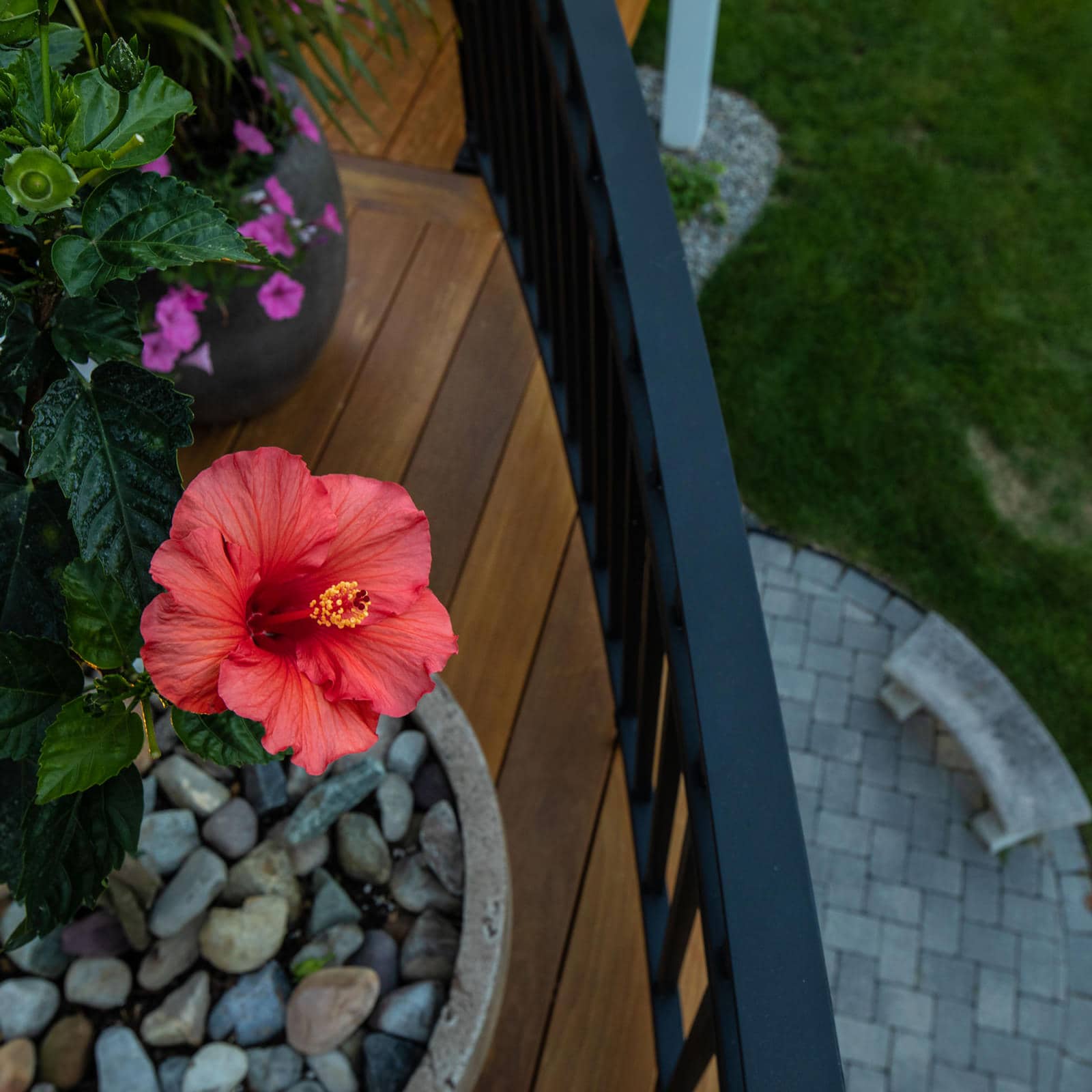Choosing Low Maintenance Landscape Shrubs
Posted July 18, 2019 in Plant and Tree
Having a garden doesn’t necessarily mean you want to spend all of your time in it these days. We are mostly in the ‘go, see, do’ mode, and unless you have ten green thumbs and that’s your all-time favorite hobby, low maintenance landscape shrubs are the first thing people request in an outdoor living makeover.
Some homeowners have a misconception that low maintenance means ‘no maintenance’, but that is far from the truth! Every living organism, big or small, needs a little attention and low maintenance plants are the same. But there are keys to consider for a low maintenance landscape during the design process for happy plants during the establishing phase. We share some of our secrets here to cut down on the ‘sweat and tears.’
Analyze Conditions & Problem Areas
Sunlight Levels
If you want a thriving low maintenance garden, it starts with analyzing the conditions in your garden. For instance, how much sunlight does your backyard get? Some people think that if the sun is shining in a part of the yard, it’s getting full sun. Not necessarily, Sherlock. To start your research, print out or draw twelve copies of your property including the boundary lines and mark all specific landmarks. Start at 6:00 am and mark each hour where the sun is shining, ending at 6 pm. Or to make it simpler, you can buy a sunlight calculator. Place the sun gauge in one part of the garden for 12 hours to calculate the sun intake in that area. The device will flash indicating it is accumulating sunlight calculations. After 12 hours, it stops, and a single light will note whether it registers full sun, partial sun, partial shade or full shade. Repeat this procedure in all areas, so you have a better idea of sunlight levels for accurately placing plants. This information can help significantly in determining the low maintenance shrubbery for which to guide in your choices.
Moisture Levels & Infestations Affect Maintenance
Next, take note of moisture levels in the garden. Some properties have poor stormwater drainage around the home with overflowing eaves or downspouts that are not directed away from the foundation. Poor drainage can affect your plant’s health. Steep slopes have reverse issues with dryer areas that may require drought-tolerant plantings because of quick drainage.
Keep in mind that your garden might have a particular infestation of wildlife such as deer or rabbits that you have to workaround. These are all variables that make the garden either high or low maintenance. Placing the wrong plant in the wrong place will inevitably cause extra chores and more work in the garden than normal.
Low Maintenance Landscape Shrub Indicators
Size Needed
If you are replacing shrubs in the garden beds that have overgrown their space, take notes. How big is the space you are trying to fill? Look for low maintenance shrubbery that will fill that area at full growth. Looking on the plant tag won’t always indicate its full potential. Ask your landscape designer or a garden center what is the widest and tallest the plant will ultimately get over 10-15 years. Most tags indicate the 10-year mark, but plants keep growing if they like the environmental conditions.
Cold Hardy
Another indicator to put on the list is cold hardy shrubs. Stay within the planting zone designated for your area, find your zone here. This will give you an indication of the lowest temperature a plant can tolerate. If the plant that is teetering on a higher plant zone, then be aware, you could have problems unless it’s in a unique microclimate that can protect it from the harshest of winters and wind. Adding extra measures to protect it from the weather is a reason to pass it up. Conifers, such as Cryptomeria japonica ‘Globosa Nana’, are slow growers but adapt well to cold conditions. Yews and Gold Thread Cypress (Chamaecyparis pisifera ‘Filifera Aurea’) are others to use in the winter garden while giving good bones. These also stay evergreen throughout all four seasons.
Disease Resistant
Many shrubs can be susceptible to various diseases. Do your homework and make sure you have selected a shrub that is resistant to the particular disease that often has given it trouble in the past. Boxwoods, in particular, are suffering from boxwood blight, a fungus that spreads and eventually kills the plants. However, there are several resistant to boxwood blight including Northstar (Buxus sempervirens ‘North Star’) or the Japanese boxwood, Sprinter (Buxus microphylla ‘Sprinter.’ These plantings also keep deer at bay for the most part, which is why they have become popular again in garden landscapes.
Drought Tolerant
Drought tolerant doesn’t mean a plant is like a cactus! Once a plant is established, and its root growth is intact, it can survive on the available rainfall generally in the area. Different areas in your landscape garden will affect the water needs as well as soil types. Clay soils drain fast as well as sandy soils. Well-composted soils with rich organic matter tend to hold moisture longer. Adding mycorrhiza to the roots when planting can help create a symbiotic relationship with the natural fungus and the roots of the plants. Mycorrhiza will attach to the roots and grow up to 6 ft. deep to reach water and release it to the roots of the plants. Establishing your plant roots early will give it a better-suited environment for the days when water is scarce. The first year of its establishment, do not rely on the drought-tolerant description until the roots stabilize. The first three years a plant is in the ground is critical, and heightened maintenance with a suitable environment including sunlight, water, and optimum conditions are a must for best odds of survival.
A pretty bloomer when everything else in the late summer has reached is prime, is the Caryopteris or Blue Mist Shrub. This planting is a wood perennial that has a eucalyptus-lavender scent that deer don’t want any part of. Once it is established, it is drought-tolerant. It’s grey-blue foliage, and blue flowers are a butterfly magnet as well.
Strong Stems
Some plants can have brittle or floppy stems that lay down when loaded with dense flowers, like peonies. If adding extra supports isn’t considered low maintenance to you, then avoid these types of plants. Otherwise, too much fertilizer or the wrong timing of application can affect stem strength. Nitrogen and potassium develop hearty stems. Establish the root growth early and add the minerals your soil needs by getting soil samples before planting. These reports will determine which plants can tolerate the soil and what needs it may have. Follow directions from your extension agent or ask MasterPLAN Outdoor Living designers for a landscape plan that can enhance your property while keeping it low maintenance.
Deer tolerant
Unless you like to look at Bambi and don’t mind their eating habits, you’ll want to choose plants that aren’t palatable to deer. Remember the 3 F’s: fuzzy, fine, and fragrant. Deer avoid these three components if found in garden shrubbery. Poisonous compounds, fuzzy or aromatic leaves with tough or spiny textures keep deer on the move. Try disease-resistant boxwoods as noted above. Deer tend to avoid the glossy, green foliage and avoid the scent. Junipers repel deer with their needled leaves and aromatic oils and Pieris japonica’s blooms give off a fragrant smell that deer resist!
Call the Pro for Your Low Maintenance Landscape
If you’re looking for an outdoor renovation and want a landscaping master plan for your home and garden outdoor living spaces, reach out to MasterPLAN Outdoor Living today to reestablish your garden and reimagine your hardscapes into an oasis. Relax in your low maintenance garden and backyard with a custom-tailored plan that’s right for your family, home, and lifestyle while being easy to maintain. Remember, we serve the Poconos, Lehigh Valley through the Main Line of Philadelphia and western New Jersey. It’s time to live your best life with a low maintenance landscape and well thought out living space!
Join Our Newsletter
Stay up to date with what is happening with MasterPLAN Outdoor Living.
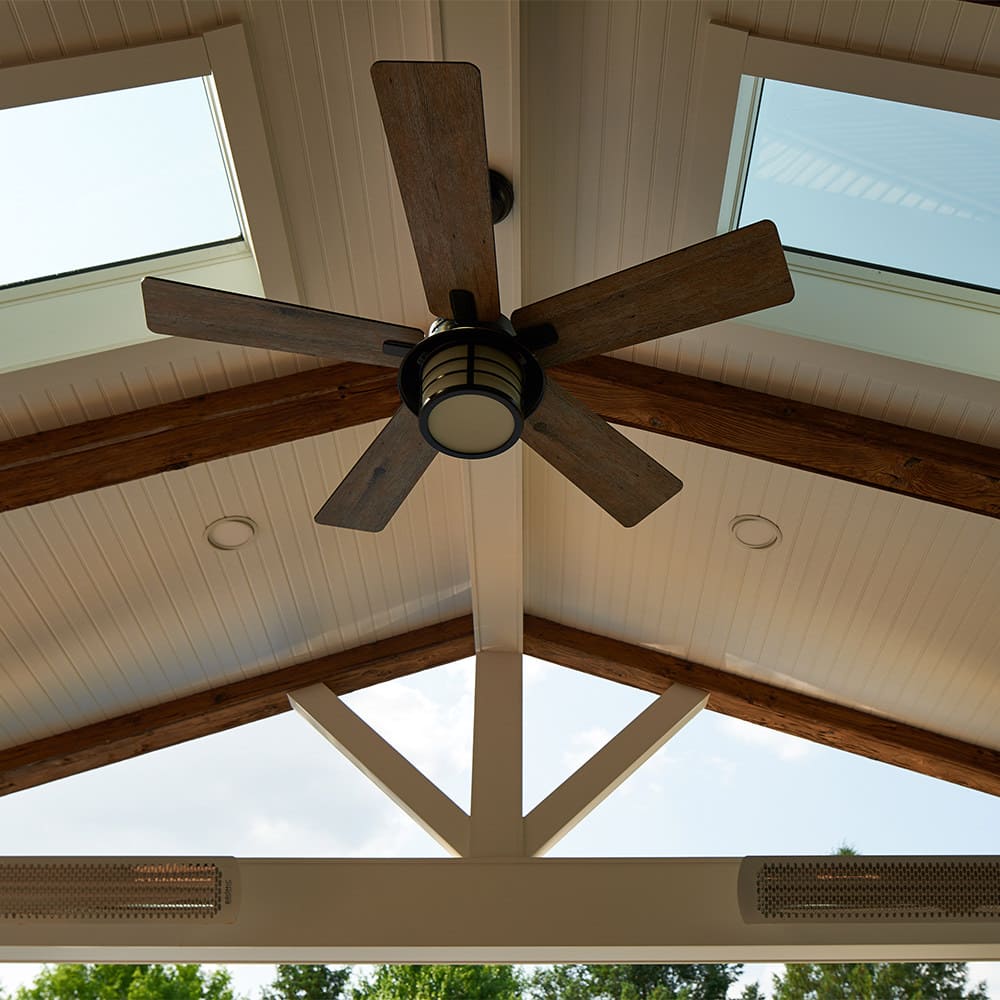
A beautiful balance between the barnwood clad beams and ceiling fan against the crisp, clean, white Azek and tongue & groove ceiling provide a modern rustic feel to this outdoor living space.

It is our pleasure to pay attention to every little detail of your project. For example, we design our granite countertops with eased edges and rounded corners for an added safety measure!
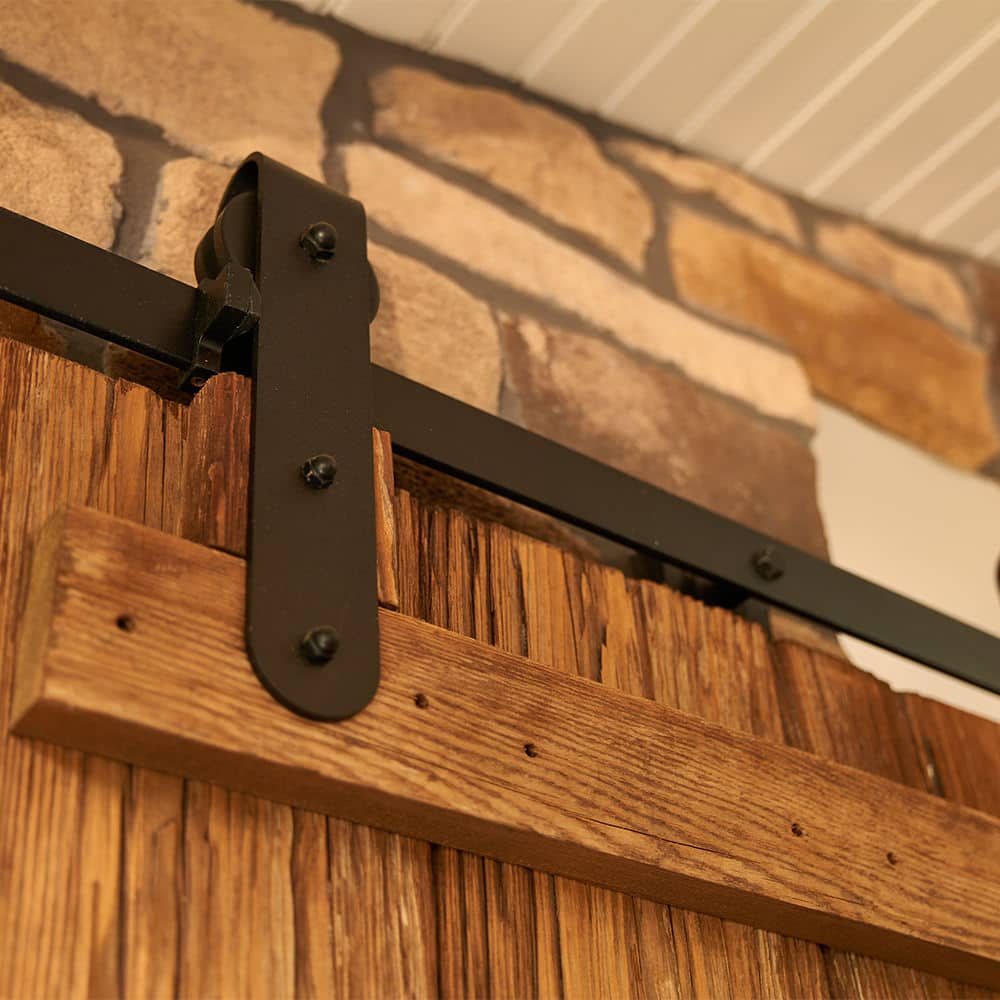
Rustic barnwood will show nail holes and imperfections from a time passed. We have given this material a new life in this beautiful outdoor living space with added modern rustic detail in its hardware.
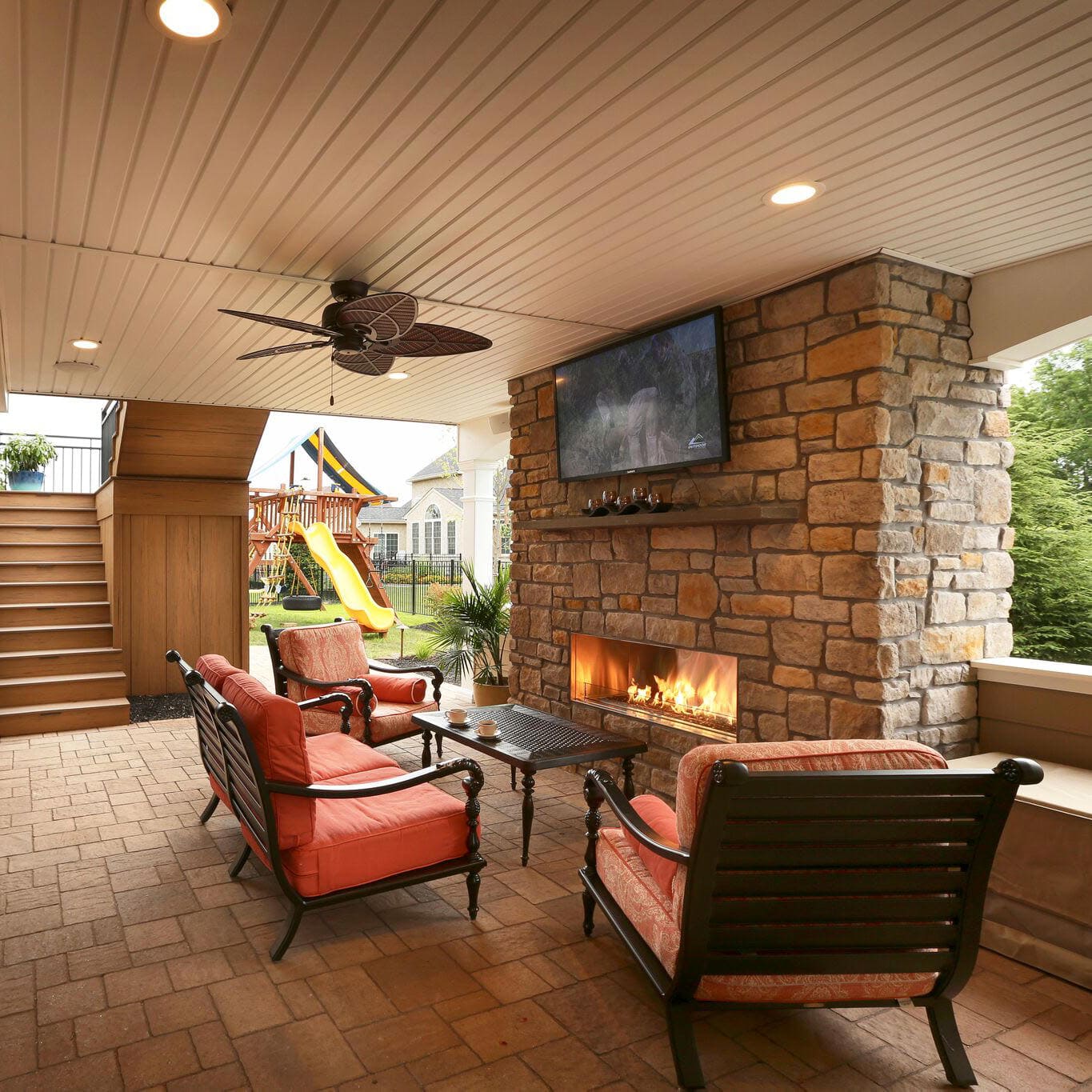
Dry under-deck systems provide added lounge and entertainment areas to your outdoor living plan. Read more about this Limerick, PA project!
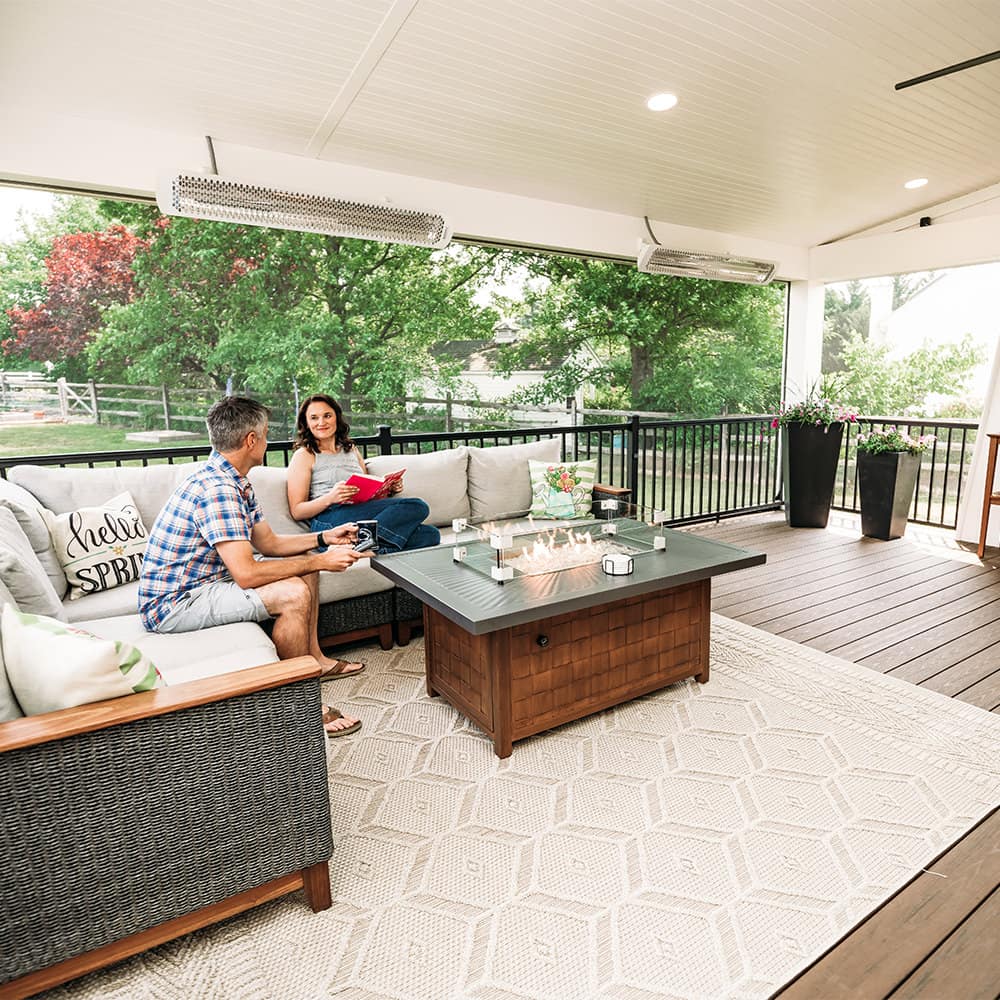
Spend more time enjoying your outdoor living space than maintaining it in Schwenksville, PA. Every MasterPLAN project accounts for low-maintenance materials and high-level detail!
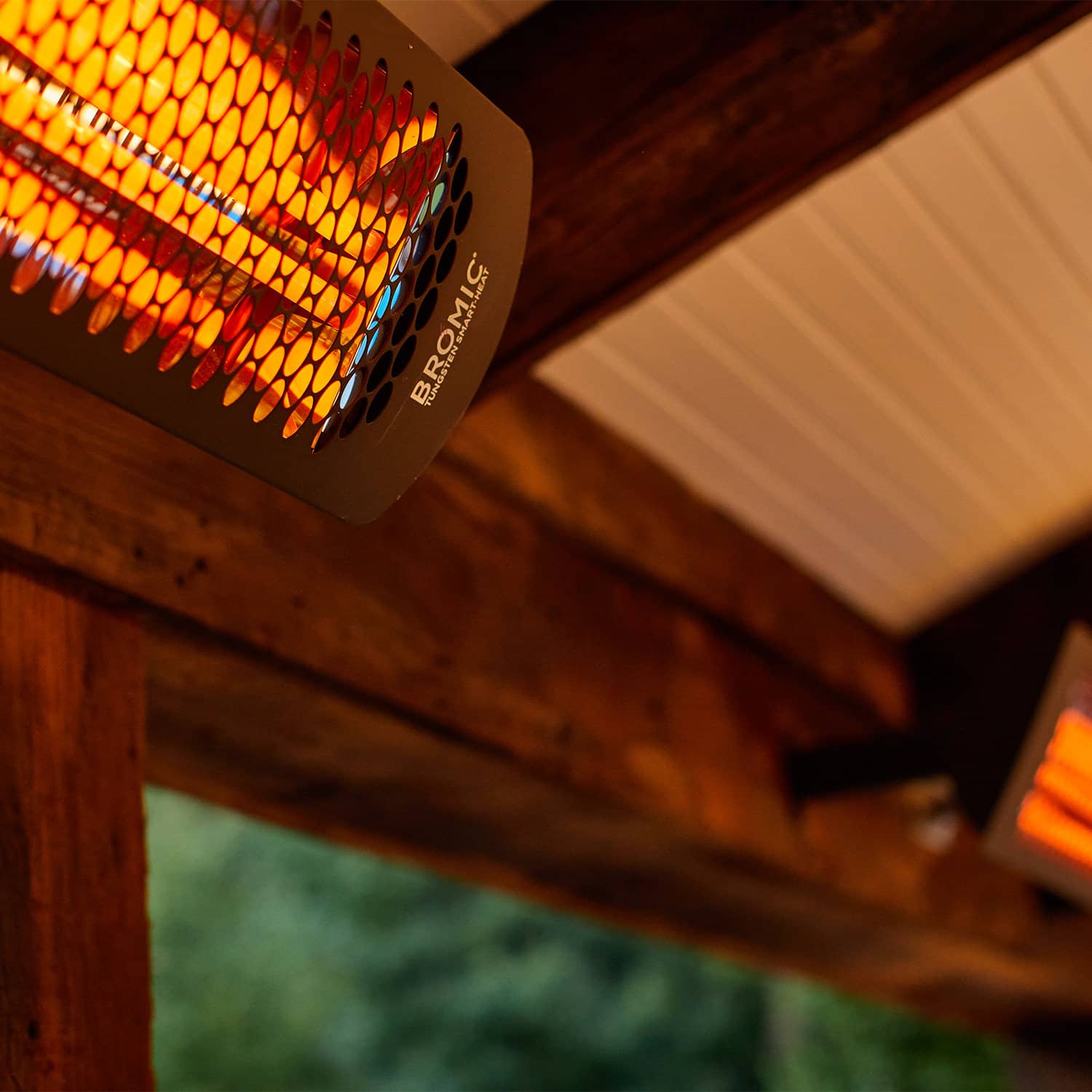
Bromic heaters are an aesthetic and effective way to heat outdoor living spaces, gaining 2 extra months in the spring and fall for comfortable outdoor enjoyment
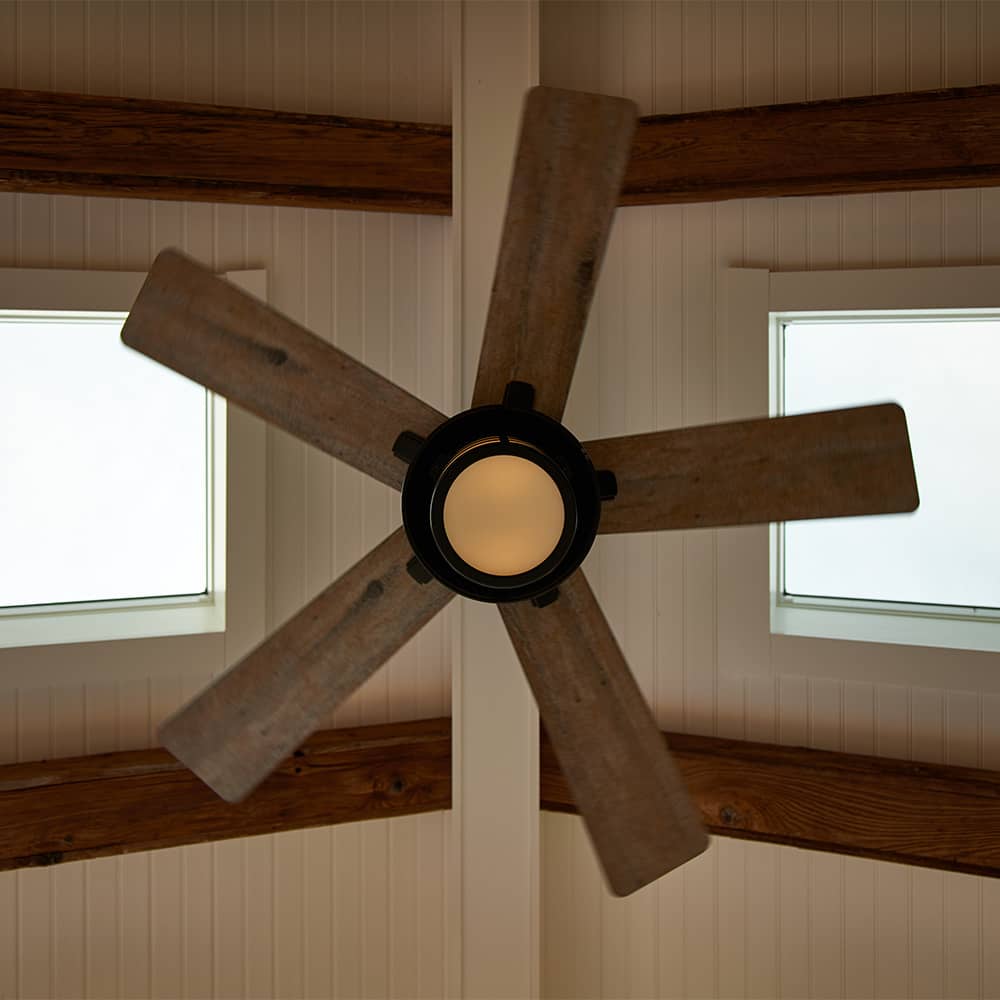
Every MasterPLAN project includes exceptionally creative design, unmatched craftsmanship and precise execution. This is our promise to you!

Partnering with MasterPLAN means collaborating on materials to get it all just right!






